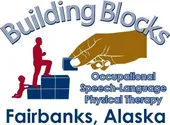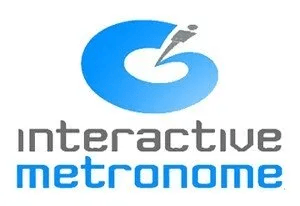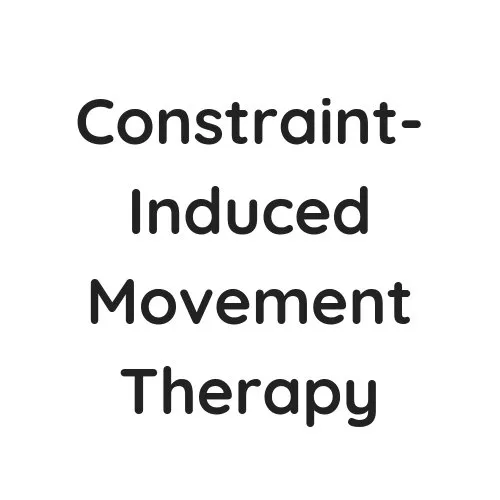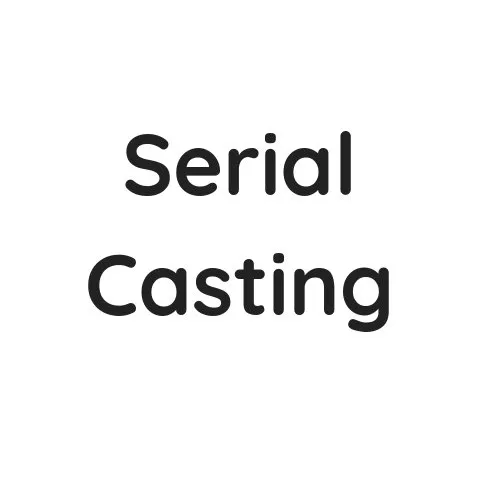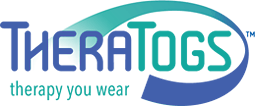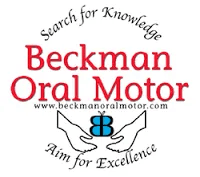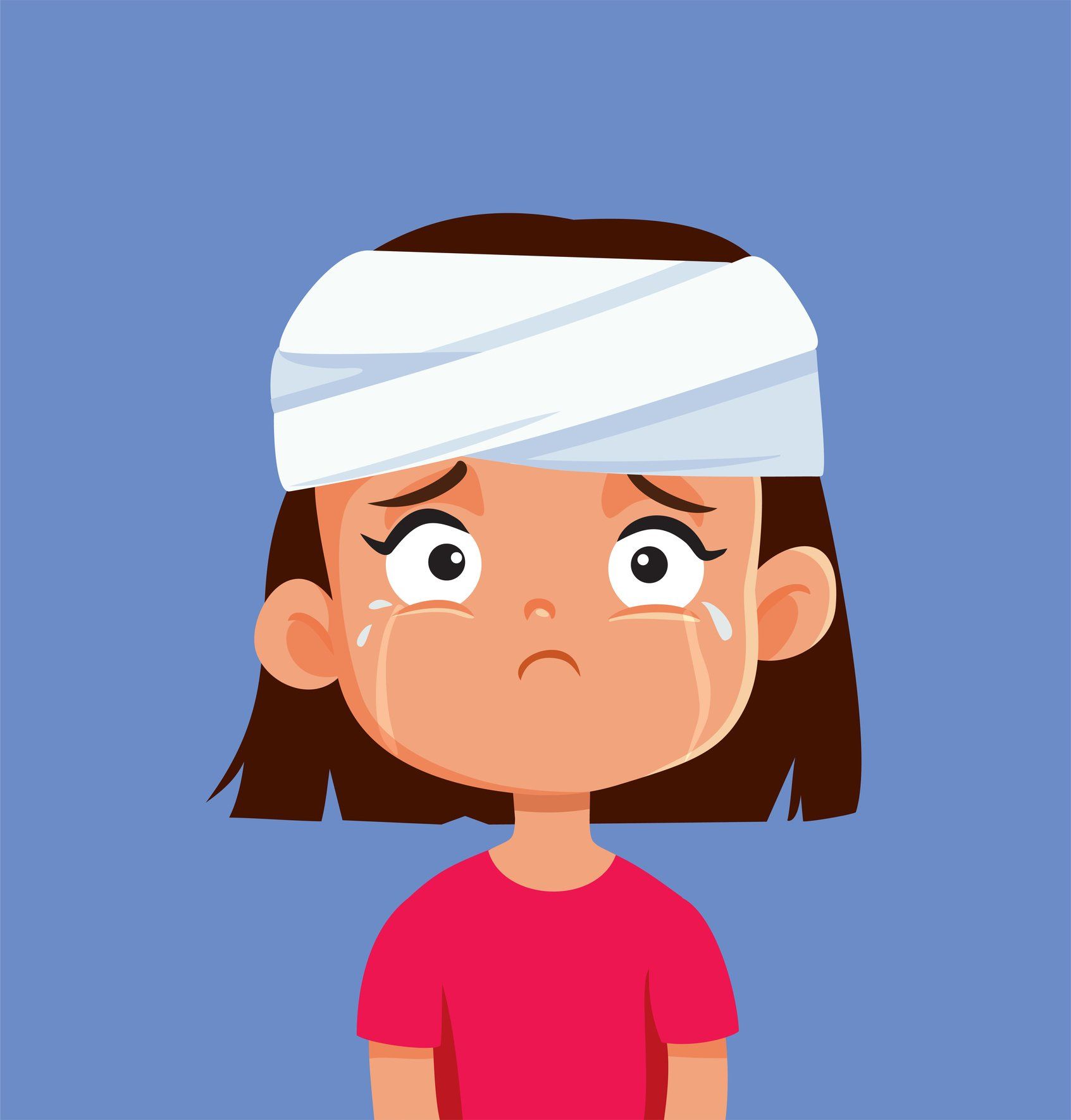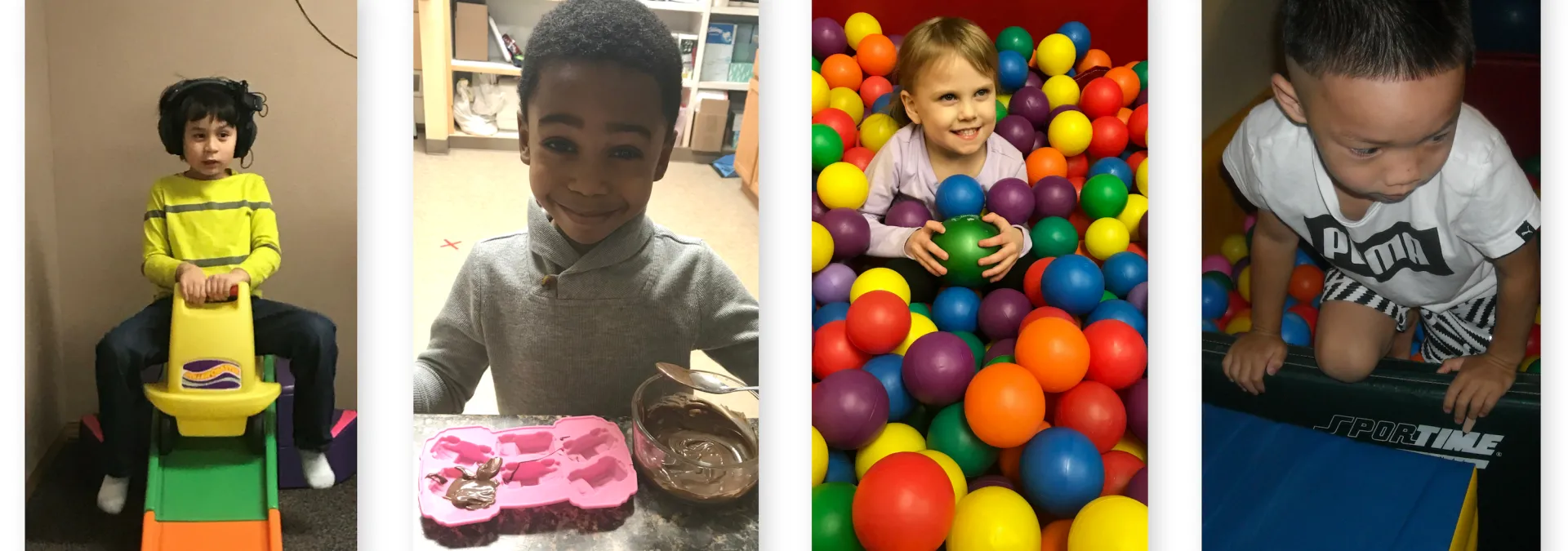
Welcome to Building Blocks
The Building Blocks purpose is to provide quality therapeutic services to help the children and families of Interior Alaska reach their full potential and lead happy, healthy lives.
UPCOMING EVENTS
Business Hours
Monday 9:00-5:00
Tuesday 9:00-5:00
Wednesday 9:00-5:00
Thursday 9:00-5:00
Friday 9:00-5:00
Closed for the Following Holidays
- New Year's Day
- Good Friday
- Memorial Day
- 4th of July
- Labor Day
- Thanksgiving Thursday and Friday
- Christmas Eve through New Year's Eve
Our Therapeutic Specialties
-
Therapeutic Listening
Therapeutic listening combines a sound-based intervention approach with sensory integrative actives to create a comprehensive program that is effective for populations with sensory processing challenges. Therapeutic Listening uses organized sound patterns to impact the nervous system to increase attention, balance, body awareness, communication, social engagement, and organization of sensory input. Overall, children tend to be more organized and behaviourally regulated. Thus, can experience more positive therapeutic outcomes.
-
Interactive Metronome
The Interactive Metronome is a research-based training program that helps children and adults overcome attention memory and coordination limitations. The program utilizes neuro-motor therapy tools that combine auditory and visual stimuli and movement exercises. Positive outcomes can include increased focus attention communication coordination, gait, and balance through Interactive Metronome therapy.
-
Astronaut Protocol
Astronaut Training is a therapeutic protocol that is designed to improve vestibular function, an essential factor in sensory processing and motor control. Stimulation of visual and auditory components aids in developing a child’s ability to locate sound and increase proprioception. Regulating vestibular function can lead to an improved ability to engage with objects, people, and activities. Optimal results include increasing overall spatial awareness and general motor abilities.
-
Equipment Assessment & Training
Equipment assessments are completed onsite for treatment options such as bracing and orthotics. Both patients and families are educated and trained on the proper use of selected assistive devices.
-
Constraint-Induced Movement Therapy
Constraint-Induced Movement Therapy describes interventions designed to decrease the impact of a wide range of neurologic conditions or deficits. It is a behavioral approach to neurorehabilitation that aims to improve and increase the use of the more affected extremity while restricting the use of the least affected counterpart. CIMT has been successful in treating individuals affected by cerebral palsy (CP), traumatic brain injury (TBI), multiple sclerosis (MS), and stroke.
-
Serial Casting
Serial casting is a therapy technique that can help children and adults improve their range of motion. The procedure involves the application of a fiberglass cast to hold a part of the body in a position that will stretch the affected musculature. The cast is applied weekly to maintain muscles in a stretched position. Sequential casts are done for up to three to six weeks to progressively stretch the muscles and increase joint range of motion. The technique is a non-invasive approach used to reduce muscle tightness, improve limited range of motion, correct joint alignment, and prevent deformity. It is a successful treatment option for addressing symptoms associated with a wide range of diagnoses including Cerebral palsy, Spina bifida, Brain injury, Spinal cord injury, Congenital abnormalities, Muscular dystrophy, and Idiopathic toe walking
-
Thera Togs
Marketed as “The Therapy You Wear”, Thera Togs are orthotic undergarments and strapping products that give individuals with sensorimotor impairments a highly effective modality for improving postural alignment, core stability, movement, skill, joint stability, and prolonged muscle stretch. Worn next to the skin under clothing or over a diaper, the patented soft-foam material gently grips the wearer’s soft tissues to create biomechanical changes that are key to positive outcomes.
-
Intensive Programs
Intensive therapy is a unique therapeutic approach to treating children affected by a multitude of disorders. This kind of therapy involves participating in therapeutic services at an increased frequency and duration of sessions. This therapy model is also a good option to use when a child has reached a plateau in traditional therapy, or after another intervention has been used.
-
Zones of Regulation
The Zones of Regulation is a curriculum geared toward helping children gain skills in consciously regulating their actions. Leading to increased emotional control and problem-solving abilities. Using a cognitive behavior approach, the curriculum’s activities are designed to help students recognize when they are in different states called “zones”. Patients explore calming techniques, cognitive strategies, and sensory supports to exercise their ability to move between zones.

-
SOS Feeding Approach
The Sequential Oral Sensory (S.O.S) approach to feeding workshop is a multi-disciplinary program used for assessing and treating children with feeding difficulties and weight/growth problems from birth to 18 years. It integrates posture, sensory, motor, behavioral/learning, medical and nutritional factors to comprehensively evaluate and manage children with feeding/growth problems.
-
Beckman Oral Motor
The Beckman Oral Motor Protocol uses assisted movement and stretch reflexes to quantify response to pressure and movement, range, strength, variety, and control of movement for the lips, cheeks, jaw, tongue, and soft palate.
-
Post Concussion Rehab
Post-concussion rehabilitation provides services to treat symptoms following a concussion, including, but not limited to, headaches, dizziness, blurred vision, difficulty concentrating, and loss of balance. We focus on the vestibular, visual, and physical pieces of rehabilitation, as well as patient and family education to manage symptoms. We collaborate with other professionals to provide the best plan of action for return to school, sport, and prior level of function.
Our Therapeutic Specialties
-
Therapeutic Listening
Therapeutic listening combines a sound-based intervention approach with sensory integrative actives to create a comprehensive program that is effective for populations with sensory processing challenges. Therapeutic Listening uses organized sound patterns to impact the nervous system to increase attention, balance, body awareness, communication, social engagement, and organization of sensory input. Overall, children tend to be more organized and behaviourally regulated. Thus, can experience more positive therapeutic outcomes.
-
Interactive Metronome
The Interactive Metronome is a research-based training program that helps children and adults overcome attention memory and coordination limitations. The program utilizes neuro-motor therapy tools that combine auditory and visual stimuli and movement exercises. Positive outcomes can include increased focus attention communication coordination, gait, and balance through Interactive Metronome therapy.
-
Astronaut Protocol
Astronaut Training is a therapeutic protocol that is designed to improve vestibular function, an essential factor in sensory processing and motor control. Stimulation of visual and auditory components aids in developing a child’s ability to locate sound and increase proprioception. Regulating vestibular function can lead to an improved ability to engage with objects, people, and activities. Optimal results include increasing overall spatial awareness and general motor abilities.
-
Equipment Assessment & Training
Equipment assessments are completed onsite for treatment options such as bracing and orthotics. Both patients and families are educated and trained on the proper use of selected assistive devices.
-
Constraint-Induced Movement Therapy
Constraint-Induced Movement Therapy describes interventions designed to decrease the impact of a wide range of neurologic conditions or deficits. It is a behavioral approach to neurorehabilitation that aims to improve and increase the use of the more affected extremity while restricting the use of the least affected counterpart. CIMT has been successful in treating individuals affected by cerebral palsy (CP), traumatic brain injury (TBI), multiple sclerosis (MS), and stroke.
-
Serial Casting
Serial casting is a therapy technique that can help children and adults improve their range of motion. The procedure involves the application of a fiberglass cast to hold a part of the body in a position that will stretch the affected musculature. The cast is applied weekly to maintain muscles in a stretched position. Sequential casts are done for up to three to six weeks to progressively stretch the muscles and increase joint range of motion. The technique is a non-invasive approach used to reduce muscle tightness, improve limited range of motion, correct joint alignment, and prevent deformity. It is a successful treatment option for addressing symptoms associated with a wide range of diagnoses including Cerebral palsy, Spina bifida, Brain injury, Spinal cord injury, Congenital abnormalities, Muscular dystrophy, and Idiopathic toe walking
-
Thera Togs
Marketed as “The Therapy You Wear”, Thera Togs are orthotic undergarments and strapping products that give individuals with sensorimotor impairments a highly effective modality for improving postural alignment, core stability, movement, skill, joint stability, and prolonged muscle stretch. Worn next to the skin under clothing or over a diaper, the patented soft-foam material gently grips the wearer’s soft tissues to create biomechanical changes that are key to positive outcomes.
-
Intensive Programs
Intensive therapy is a unique therapeutic approach to treating children affected by a multitude of disorders. This kind of therapy involves participating in therapeutic services at an increased frequency and duration of sessions. This therapy model is also a good option to use when a child has reached a plateau in traditional therapy, or after another intervention has been used.
-
Zones of Regulation
The Zones of Regulation is a curriculum geared toward helping children gain skills in consciously regulating their actions. Leading to increased emotional control and problem-solving abilities. Using a cognitive behavior approach, the curriculum’s activities are designed to help students recognize when they are in different states called “zones”. Patients explore calming techniques, cognitive strategies, and sensory supports to exercise their ability to move between zones.

-
SOS Feeding Approach
The Sequential Oral Sensory (S.O.S) approach to feeding workshop is a multi-disciplinary program used for assessing and treating children with feeding difficulties and weight/growth problems from birth to 18 years. It integrates posture, sensory, motor, behavioral/learning, medical and nutritional factors to comprehensively evaluate and manage children with feeding/growth problems.
-
Beckman Oral Motor
The Interactive Metronome is a research-based training program that helps children and adults overcome attention memory and coordination limitations. The program utilizes neuro-motor therapy tools that combine auditory and visual stimuli and movement exercises. Positive outcomes can include increased focus attention communication coordination, gait, and balance through Interactive Metronome therapy.
-
Post Concussion Rehab
Post-concussion rehabilitation provides services to treat symptoms following a concussion, including, but not limited to, headaches, dizziness, blurred vision, difficulty concentrating, and loss of balance. We focus on the vestibular, visual, and physical pieces of rehabilitation, as well as patient and family education to manage symptoms. We collaborate with other professionals to provide the best plan of action for return to school, sport, and prior level of function.
Call us (907) 374-4911
